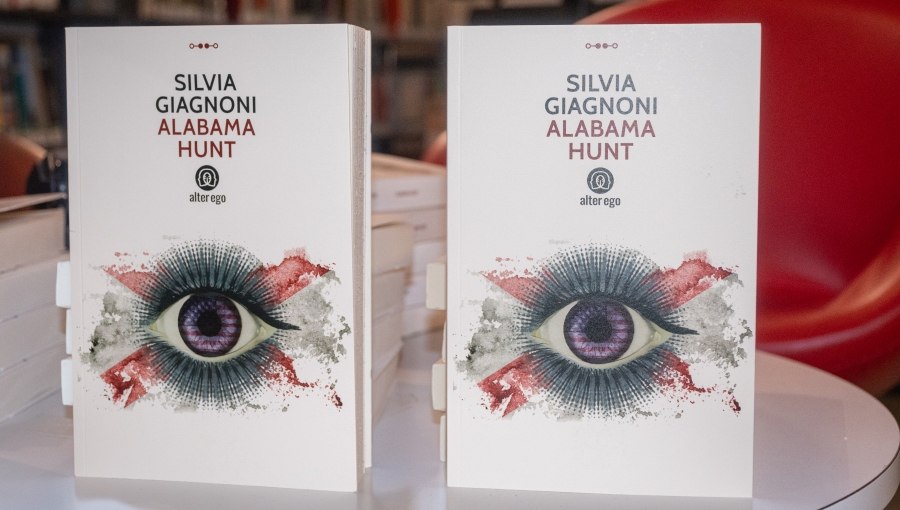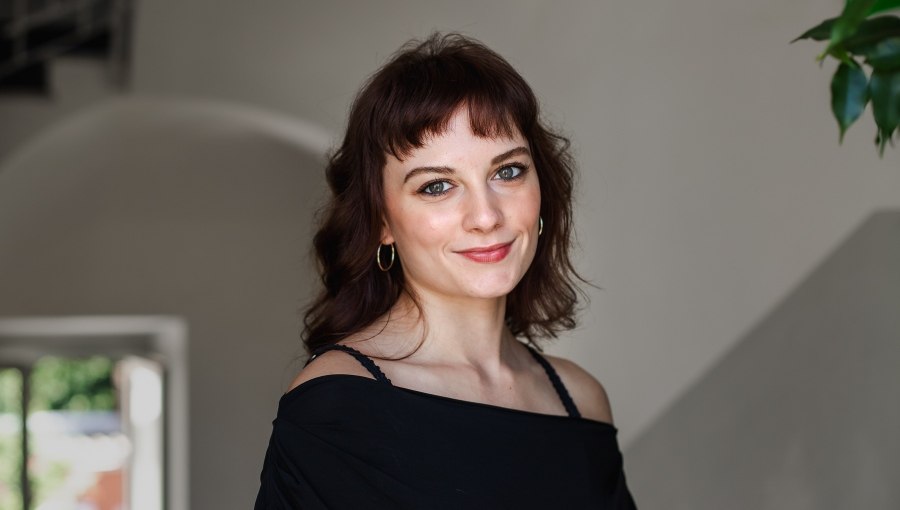Professor Inge Lyse Hansen Publishes Book on Ancient City of Butrint
JCU art history professor Inge Lyse Hansen is the editor of the most recent monograph on the excavations of the UNESCO World Heritage Site of Butrint (ancient Buthrotum) in Albania.
Butrint 4. The Archaeology and Histories of an Ionian Town (Oxford, Oxbow Books, 2013) discusses the histories of the port city of Butrint in its extraordinary setting as a gateway to the Mediterranean – and its significance as a point of access into a fertile micro-region. In this way it situates the archaeology not within a national framework but within the broader arena of Mediterranean studies. The volume draws on new results from more than 20 excavations, surveys and archival studies, the investigations spans a temporal arch from prehistory, through Greco-Roman and Byzantine, to the early modern Venetian and Ottoman periods. In this way the volume adds significantly to the study of Mediterranean urban history. Butrint 4 also examines how the perception of the city influenced the archaeological methodology of 20th-century studies of the site. In doing this it asks important questions about the management of heritage sites and the contemporary role of archaeological practice.
Professor Hansen’s own contribution in the book is an examination of the Greek and Roman sculptural finds that has come to light at Butrint in last 50 years. The paper considers the character and display of statue dedications in the ancient city, as well as the evidence for workshops and the regional context for the statue commissions – in particular as civic statements. It further examines the destruction of statuary and the depositional histories of the finds for an investigation of the late antique changes to the city.
Professor Hansen teaches the popular on-site courses on Ancient Rome and its Monuments, and Cities, Towns and Villas: Rome, Ostia, Pompeii, as well as courses on Rome in the Age of Augustus and the Roman Reception of Greek Art. In the Fall 2013 she will be teaching AH354 Ancient Roman Portraiture.
Learn more about the Department of Art History and Studio Art.





